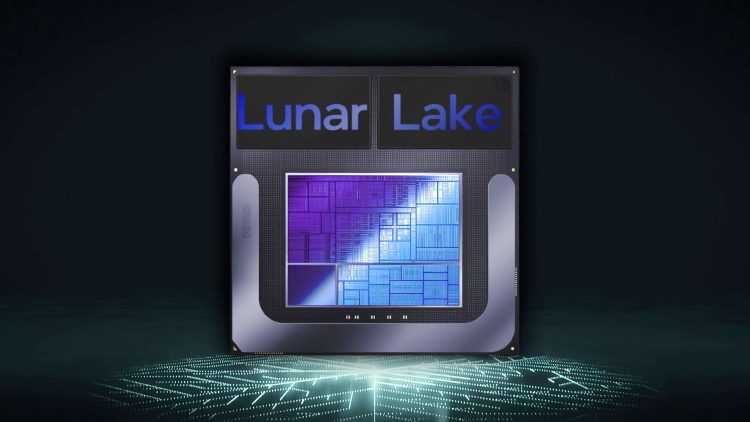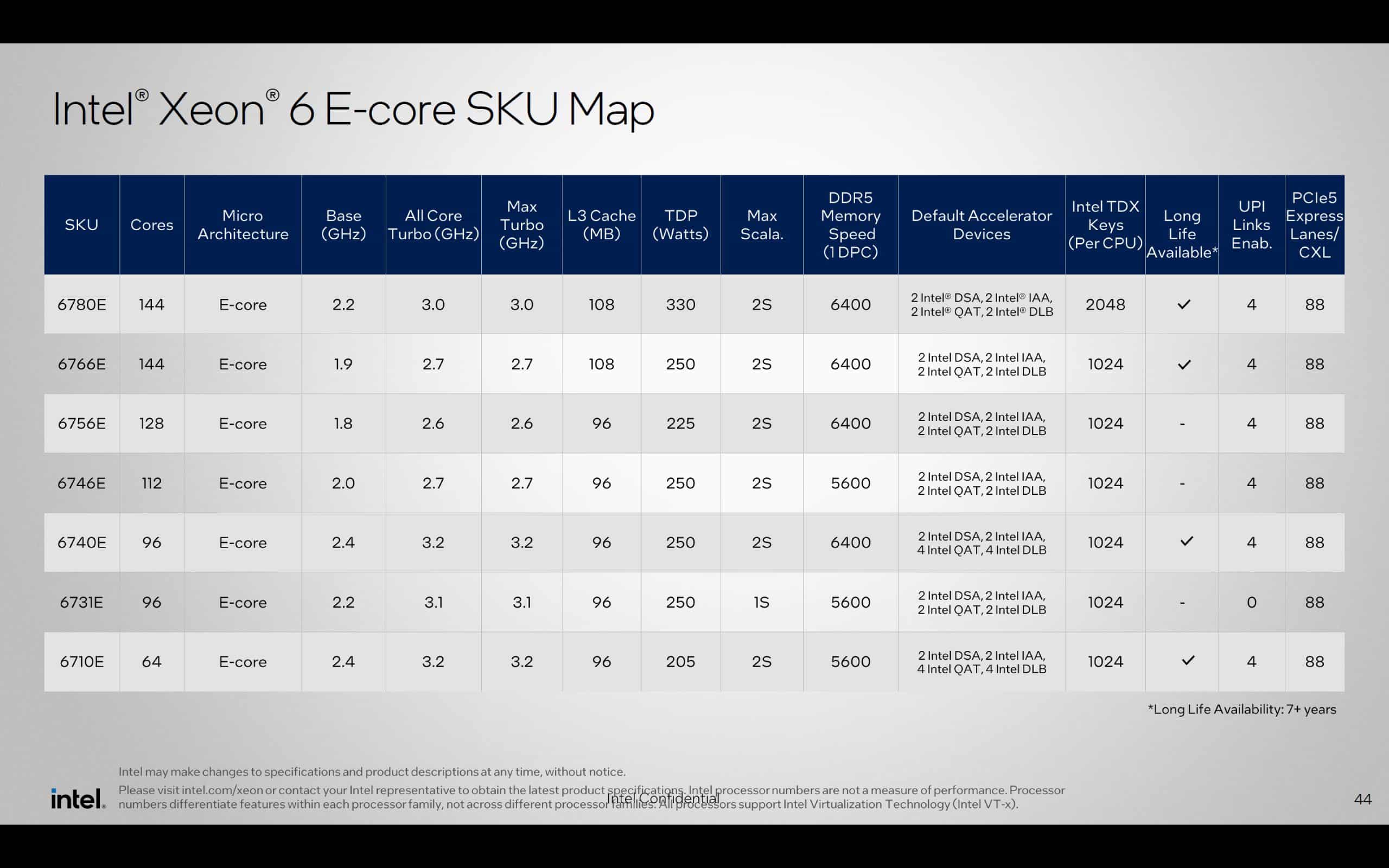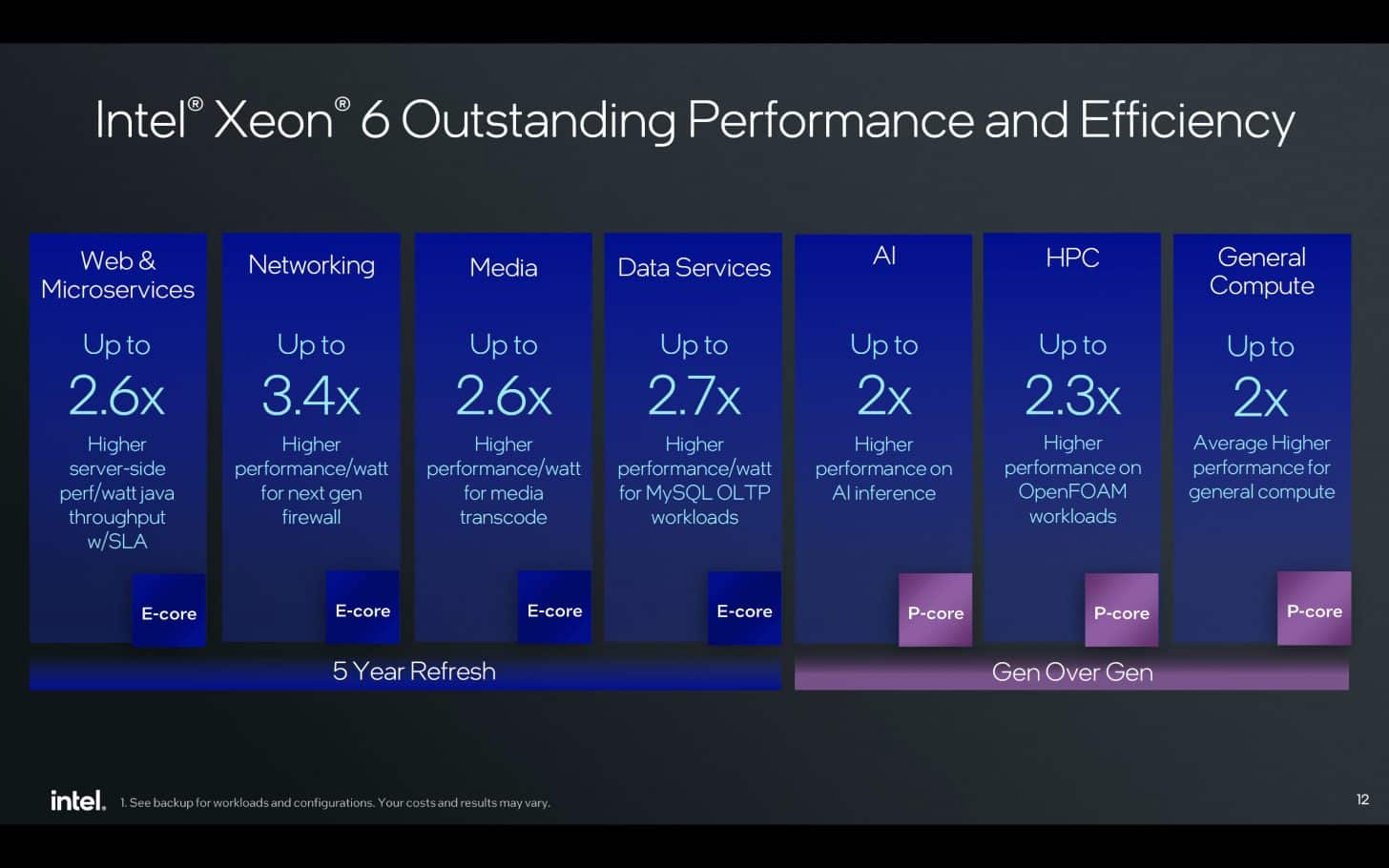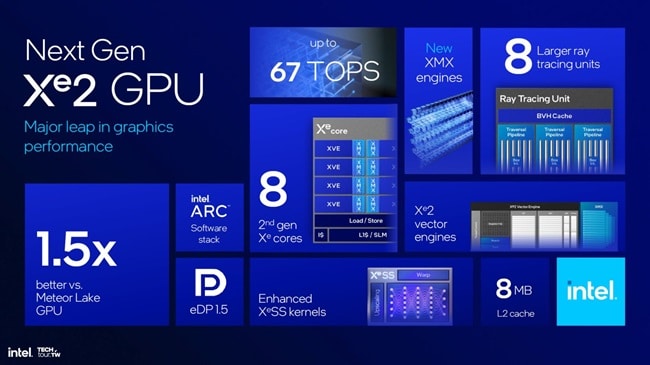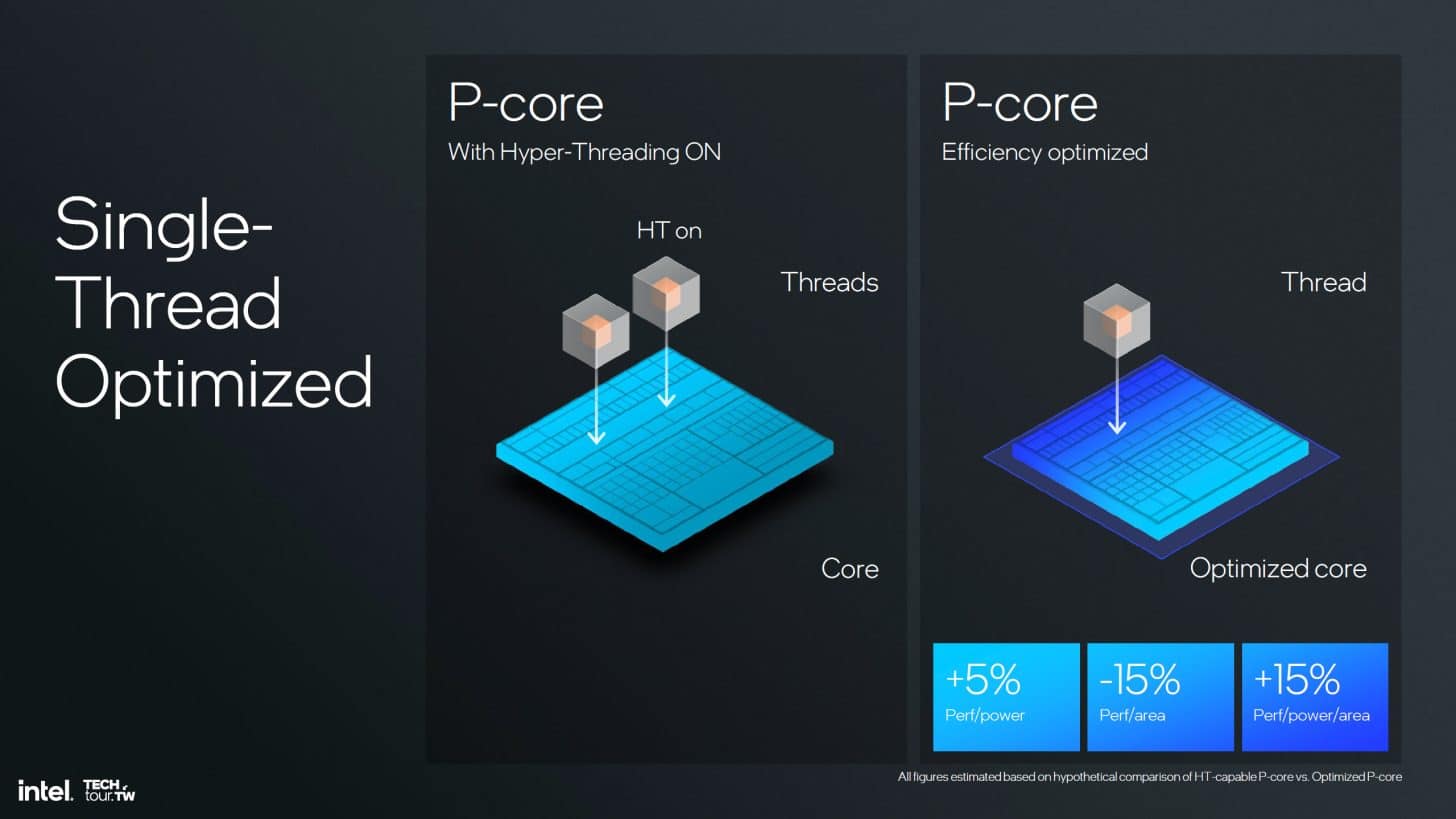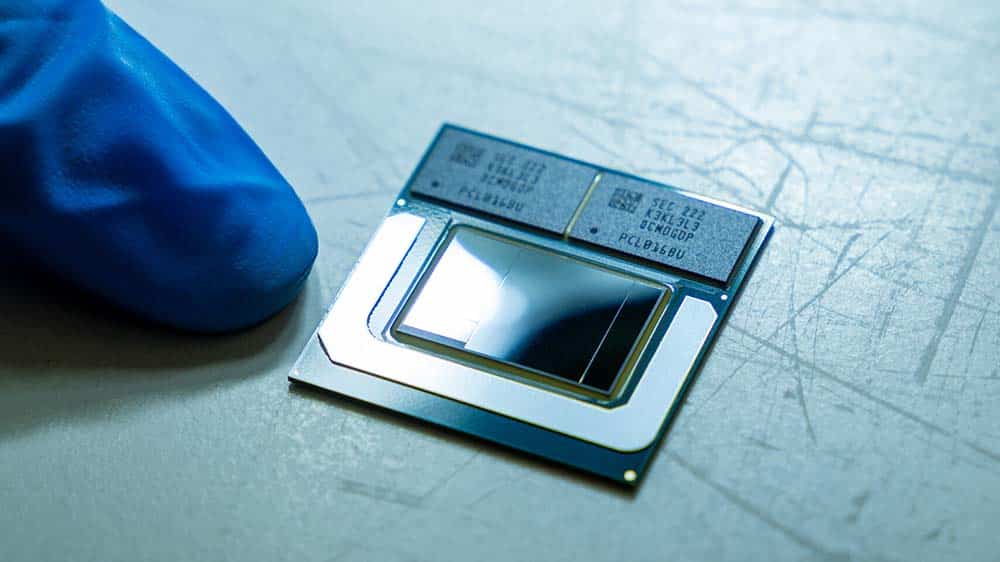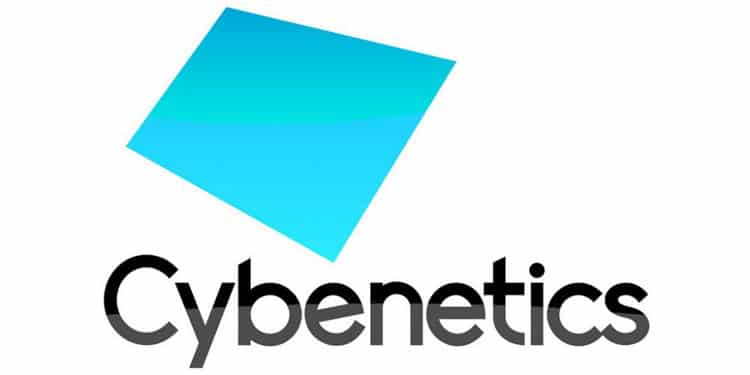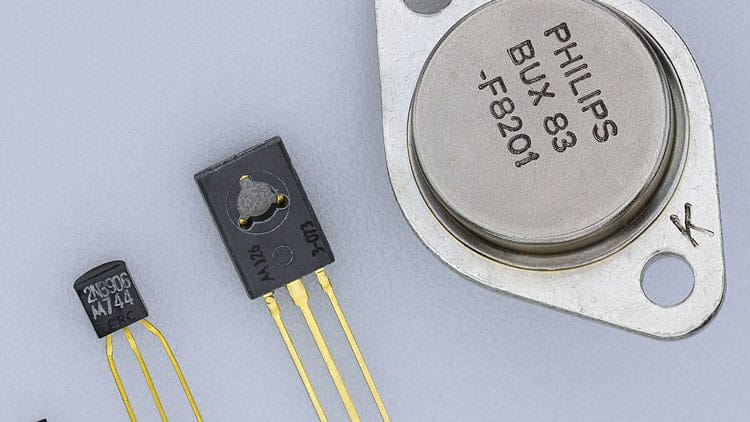There is no denying that this year’s Computex would have been a fascinating event. Although there are still things to come, and we might have expected more, the tech-enthusiasts Mecca is in the spotlight. Now it’s Intel’s time to attract the flashlights from AMD’s successful event. As expected, the competition is tough, and AI is the new trend. But keep in mind that trends always come and go in the industry. The main highlights following the keynote event are the official launch of the Intel Xeon 6700E processors, the upcoming launch of the Intel Xeon 6900P and 6900E in Q3 2024 and Q1 2025, respectively, the Xe2 GPUs’ official confirmation, and, of course, the official unveiling of the new Lunar Lake CPU architecture. Let’s break down the event’s keynotes in the best and most convenient way possible.
Intel Xeon 6700E processor series
Intel announced the official launch of its latest Xeon series, consisting of seven new chips. The codenamed “Sierra Forest” processors are sporting the LGA4710 in 1s and 2s configurations. With up to 144 cores and 350W TDP, the newest chips promise 4.2x faster performance and better overall efficiency. According to the provided numbers, the Xeon 6700E chips are an interesting option for server-grade scenarios and data centers.
Intel Xeon 6900P and 6900E processor series
The codenamed “Granite Rapids” (6900P) and “Sierra Forest” (6900E) are expected to launch in Q3 2024 and Q1 2025, respectively. With 128 P-Cores (6900P) and 288 E-Cores (6900E), the chips are optimized for intensive AI workloads, Databases, and Analytics. The 6700P and 6300P are also expected to launch along with the 6900E.
Intel Xe2 GPU Architecture
Intel’s newer GPU platform will be available initially on the Lunar Lake series iGPU and later on the Blue Team’s Battlemage discrete graphics cards. With a considerable 50% uplift in performance, the Xe2 GPU seems to be here to stay against the stiff competition. More details will be implemented in the Lunar Lake section of this article. Intel managed to keep up with the numerous issues that arose with its initial GPU effort and significantly improved its drivers’ support. The Ray Tracing performance is a well-played card for current-gen GPUs. The Intel Battlemage might be a mature alternative in the GPU segment. We shall see how Intel stands against the competition.
Intel Lunar Lake CPU Architecture unveiled
Intel unveiled the “star” of its main event keynote, the new Lunar Lake CPU architecture, expected to arrive this September. The most interesting part is that Intel utilizes its newer platform on TSMC’s N3B and N6 Process Nodes while keeping only the passive 22FL Foveros home-brew. The highlights of the Lunar Lake architecture consist of:
- Power Efficiency
- Advanced AI
- Core performance
- Better overall graphics performance
- WiFi 7 Support
- Integrated LPDDR5 Memory (Only 16 GB or 32 GB)
NPU
- 4th generation NPU
- 48 TOPs on AI
- 2x better efficiency
- 9x faster calculations
Xe2 Graphics
- Will be initially implemented on Lunar Lake iGPUs and later upon the release of the Battlemage discrete graphics cards
- Will share the same architecture utilized on Battlemage’s discrete graphics cards
- 120 TOPs total on AI
- 1.5x better graphics performance compared to its Alchemist predecessor
- 8-core GUs, 2nd-gen RT units, and 8 MB cache
Efficiency
- 4 P-Cores and 4 E-Cores on the new power island
- The new Thread Director is managed through the E-Cores and relies on immediate communication with the OS to achieve better overall performance.
- P-Cores are now single-threaded, confirming the hyper-threading and SMT changes scheme rumors.
- Lion Cove P-Core results in a 14% IPC uplift compared to the Redwood Cove P-Cores of the current-gen mobile processors.
- Intel claims a 38% and 68% IPC uplift (E-Cores) compared to the Meteor Lake platform.
- Skymont E-Core delivers up to 2x higher performance than Meteor Lake.
As always, the vendor-provided performance charts and numbers should be taken cautiously until independently confirmed. The newer platforms seem more than promising against the competition and the current-gen chips. We shall see what’s next in the industry, as Computex 2024 is still running strong. So, stay tuned!
